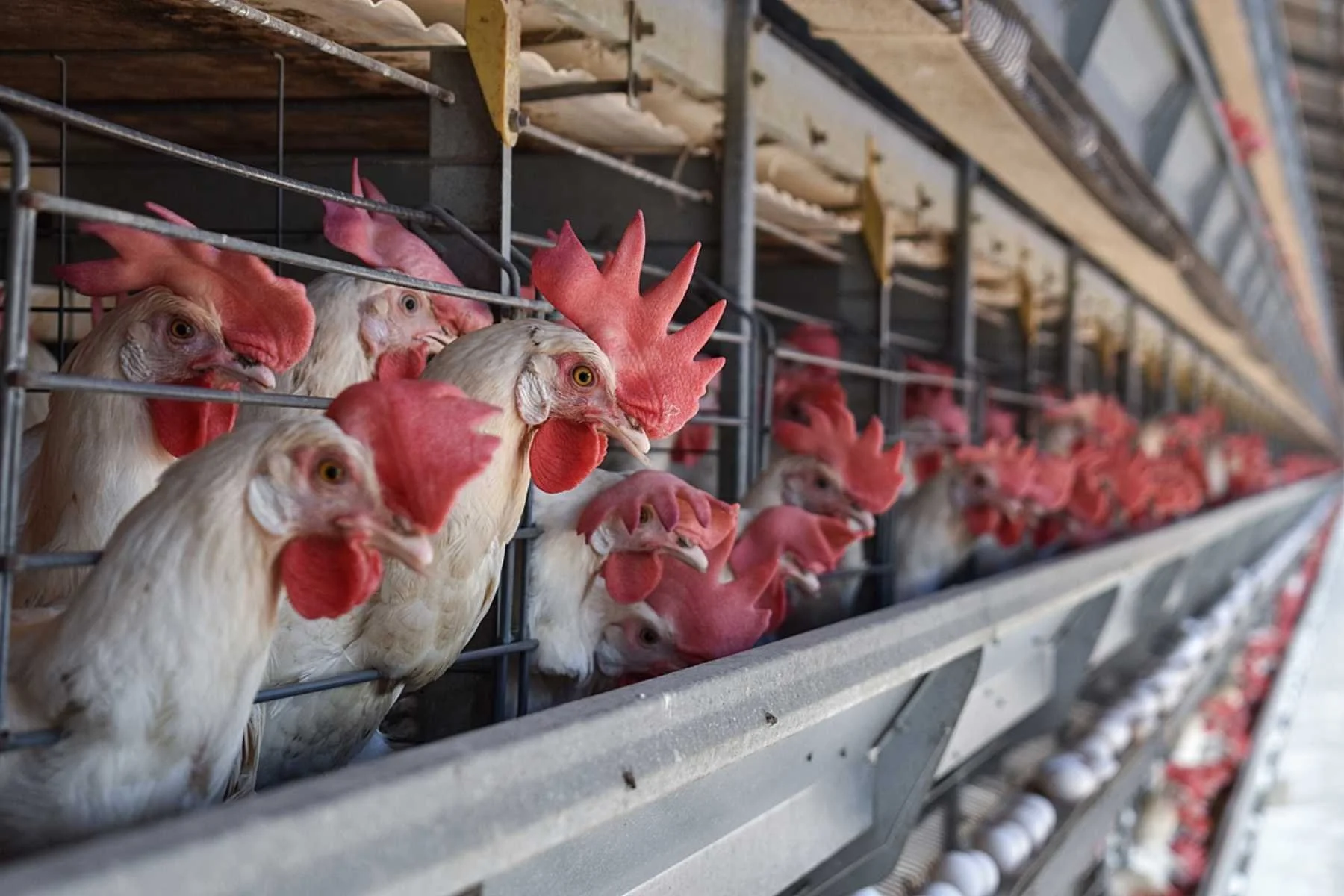Wolves in the Northern Rockies Could be Relisted as Endangered
After being stripped of federal protections in the final days of the Trump administration, safeguards could be restored to conserve the animals.
The Biden administration announced Wednesday that wolves in the Northern Rockies may warrant protection under the Endangered Species Act after Republican-backed state laws authorized the widespread killing of wolves.
The U.S. Fish and Wildlife Service (FWS) announcement will kickstart a formal, year-long status review of gray wolves across the western United States.
The decision comes in response to several emergency petitions sent to the FWS over the summer, calling for the wolves to be relisted as an endangered species.
Numerous Tribal nations are also calling for the emergency relisting of gray wolves and for the Biden administration to honor treaty and trust obligations that require consultation with the Tribes on protection and management of gray wolves, according to the Center for Biological Diversity.
In a late-term decision last year, the Trump administration removed endangered species protections from the gray wolf, leaving the once near-extinct animal without any legal protection. The move has been condemned as premature by conservationists.
Idaho lawmakers signed into law a bill that could see the killing of up to 90% of the state’s 1,500 wolves. The new law took effect July 1, enabling hunters, trappers, and private contractors to kill an unlimited number of wolves and permits almost unrestricted killing methods. They can trap and snare wolves, including their newborn pups, shoot the animals from moving vehicles such as airplanes and snowmobiles, and use night-vision goggles to kill the wolves in their dens.
While in Montana, new rulemaking may pave the way for killing approximately 85% of the population, currently reported to be at 1,200 wolves. Montana’s general wolf-hunting season began last Wednesday. The state’s new laws permit the use of strangulation snares, night hunting, and bait to hunt and trap wolves. Hunters and trappers can kill up to 10 wolves each and can be reimbursed for their expenses killing wolves through a new bounty program. While Montana previously set strict quotas outside Yellowstone National Park to limit the killing of Yellowstone’s wolves, those quotas have been eliminated.
“The goal of Montana and Idaho’s extreme new laws is to decimate wolf populations in the northern Rockies,” said Bonnie Rice, senior representative with Sierra Club’s Our Wild America campaign. “It makes no sense to allow wolves to be driven back to the brink of extinction and reverse over 40 years of wolf recovery efforts.”
On Wednesday, FWS said that the petitions “present substantial, credible information indicating that a listing action may be warranted".
Wildlife protection groups are encouraged by the progress but stress that a year-long review is not enough to protect the wolves.
“I’m hopeful that wolves will eventually get the protection they deserve, but the Fish and Wildlife Service should have stopped the wolf-killing now,” said Andrea Zaccardi, a senior attorney at the Center for Biological Diversity. “Anti-wolf policies in Idaho and Montana could wipe out wolves and erase decades of wolf recovery. We’re glad that federal officials have started a review, but wolves are under the gun now so they need protection right away.”
“Wolves simply cannot afford to be exposed to months of cruel and wanton slaughter while the Service completes its review. Without an emergency relisting now, there may not be much of a population left to protect when the process is complete,” said Nicholas Arrivo, managing attorney for wildlife at the Humane Society of the United States.
Join the growing number of people fighting Idaho’s wolf killing spree by signing this petition.
More stories:
Species Unite
A collection of stories of those who fight the good fight on behalf of animals.




Leather, wool, feathers: even if they were by-products, would that make a difference?